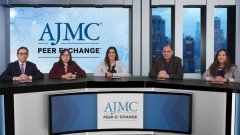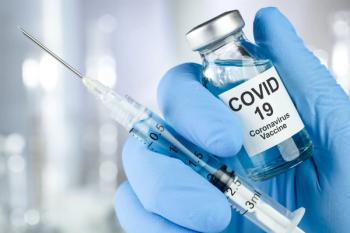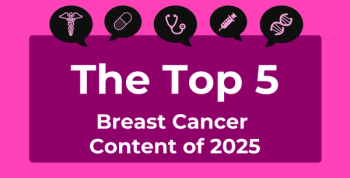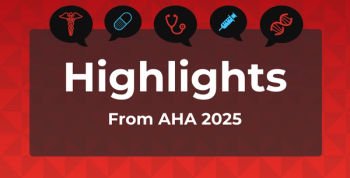
Latest NCCN Guidelines on the Standard of Care for Patients With AML
Panelists discuss how current NCCN guidelines emphasize the importance of treating AML at experienced centers with proper infrastructure, while treatment decisions are based on intensive vs nonintensive therapy eligibility and specific genetic mutations like FLT3, IDH1, and TP53.
Episodes in this series

Patients newly diagnosed with acute myeloid leukemia (AML) require immediate evaluation at specialized centers equipped with comprehensive support services, including experienced hematology teams, infectious disease specialists, intensive care capabilities, and blood banking services. The initial treatment decision centers on whether patients are candidates for intensive chemotherapy (typically those under 60-65 years) or require alternative approaches. Genetic testing results, available within 1 to 2 weeks, guide treatment selection by identifying specific mutations that respond to targeted therapies, making specialized centers with rapid molecular diagnostics essential for optimal outcomes.
For younger patients suitable for intensive treatment, the standard approach involves induction chemotherapy with cytarabine and daunorubicin (7+3 regimen), often enhanced with targeted agents based on genetic findings. Patients with favorable-risk features like core binding factor leukemias may achieve cure without transplantation, while those with FLT3 mutations receive additional FLT3 inhibitors. Patients with therapy-related AML or myelodysplasia-related changes often require bone marrow transplantation as part of their curative treatment plan, making early transplant evaluation crucial.
Older patients (typically over 75 years of age) or those unable to tolerate intensive chemotherapy now have effective treatment options combining hypomethylating agents with venetoclax, which has become the standard of care. This combination significantly improves survival compared to older regimens, with overall response rates around 67% and median survival extending to 15 months. The evolving treatment landscape includes clinical trials investigating additional targeted agents, IDH inhibitors for patients with specific mutations, and various combination approaches that offer hope for continued improvement in patient outcomes across all age groups and risk categories.
Newsletter
Stay ahead of policy, cost, and value—subscribe to AJMC for expert insights at the intersection of clinical care and health economics.










































